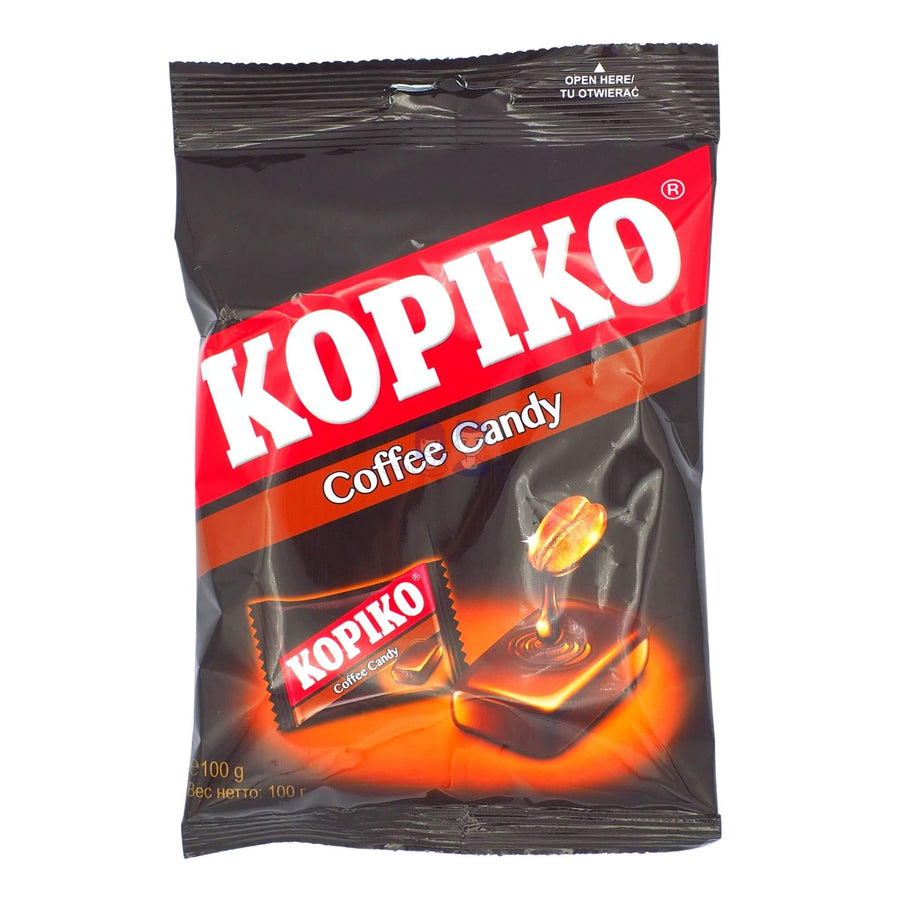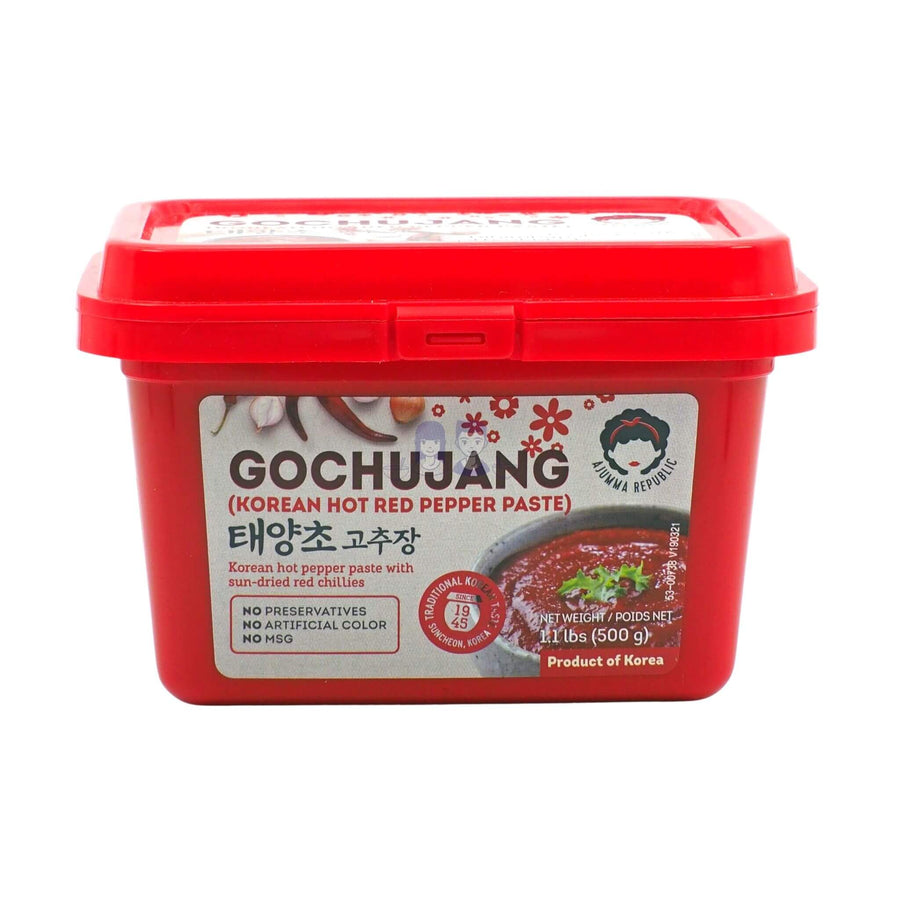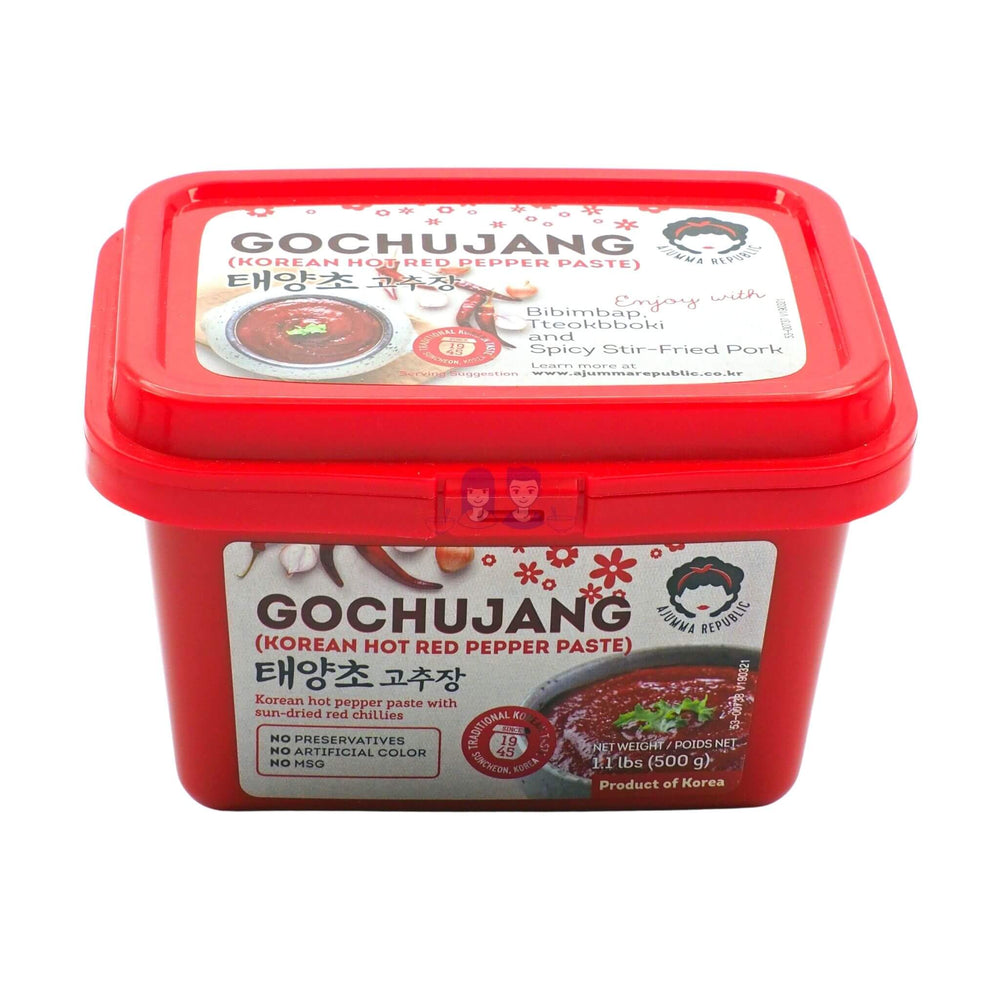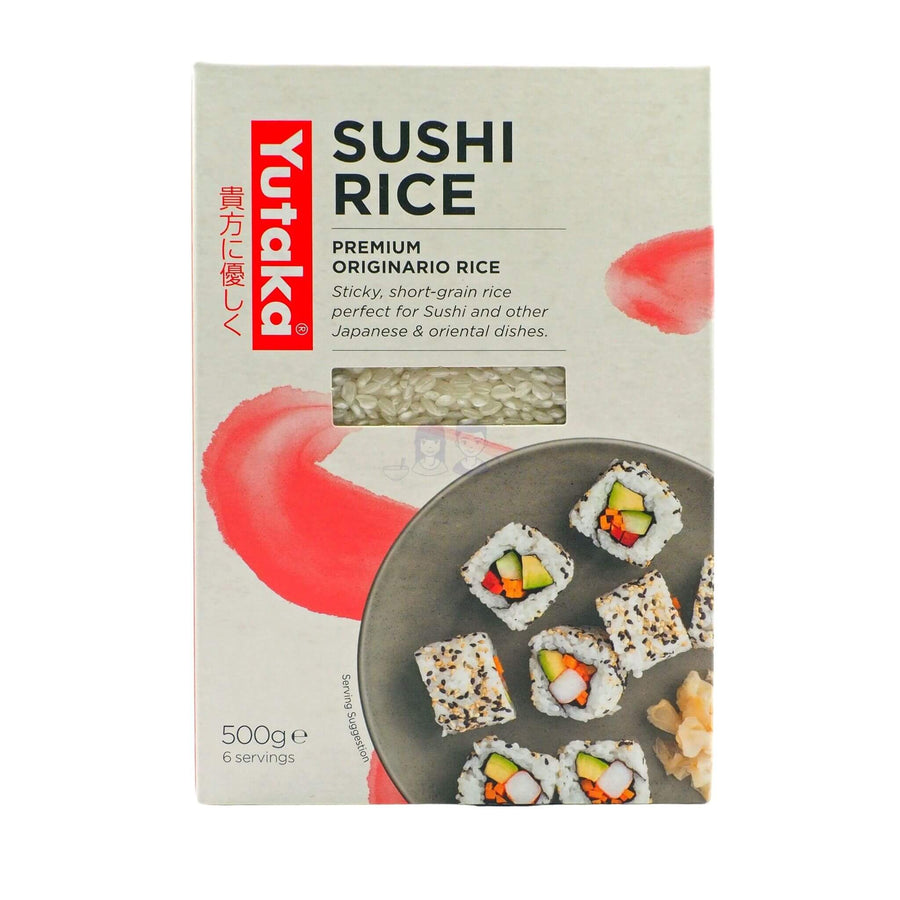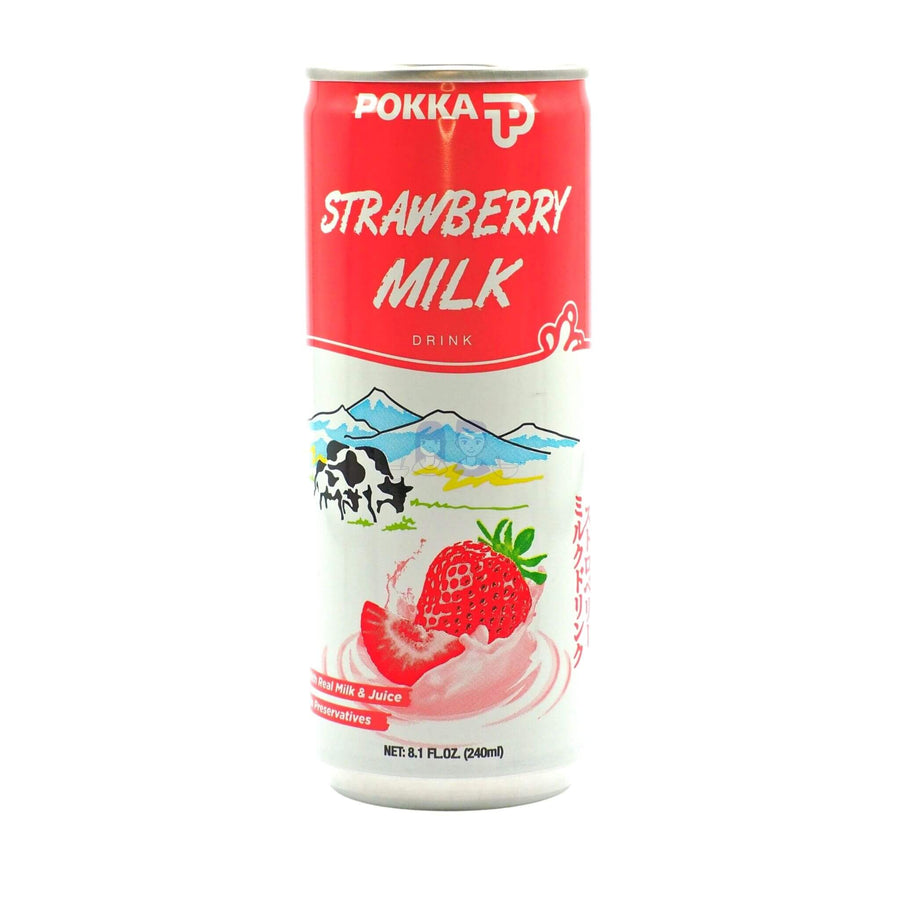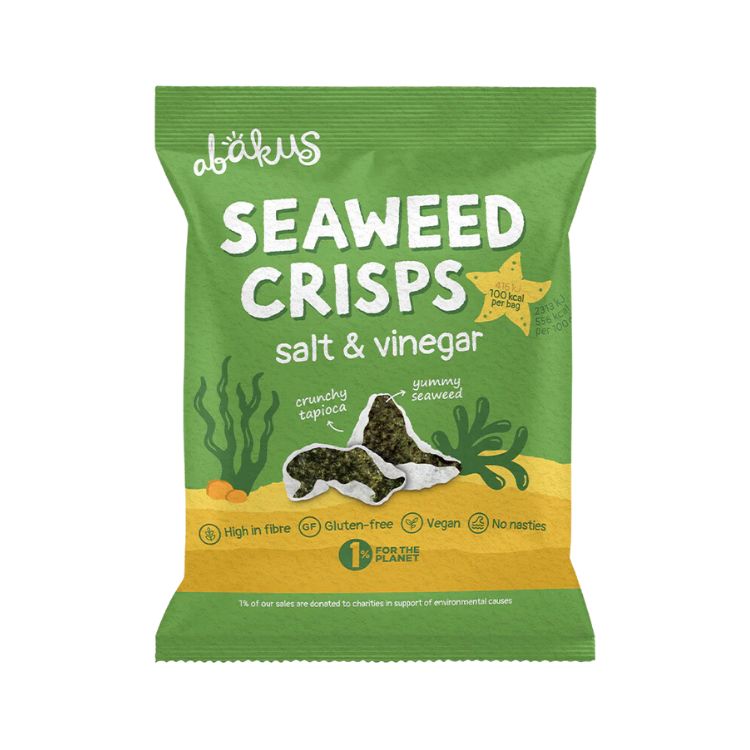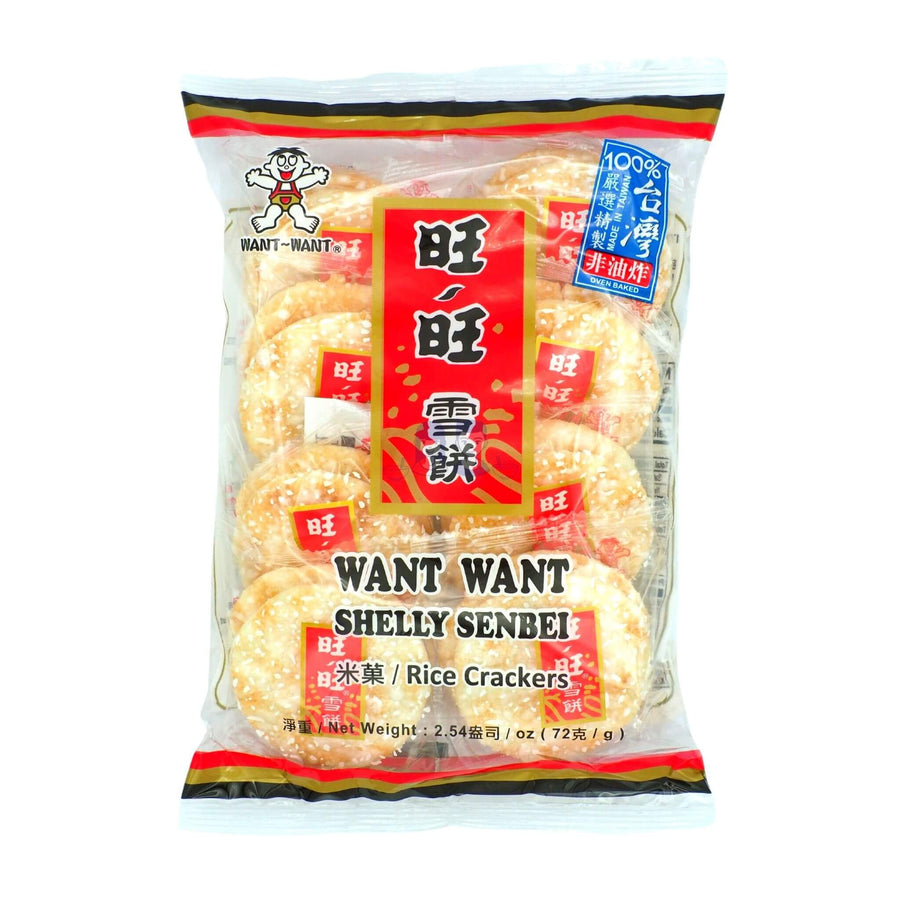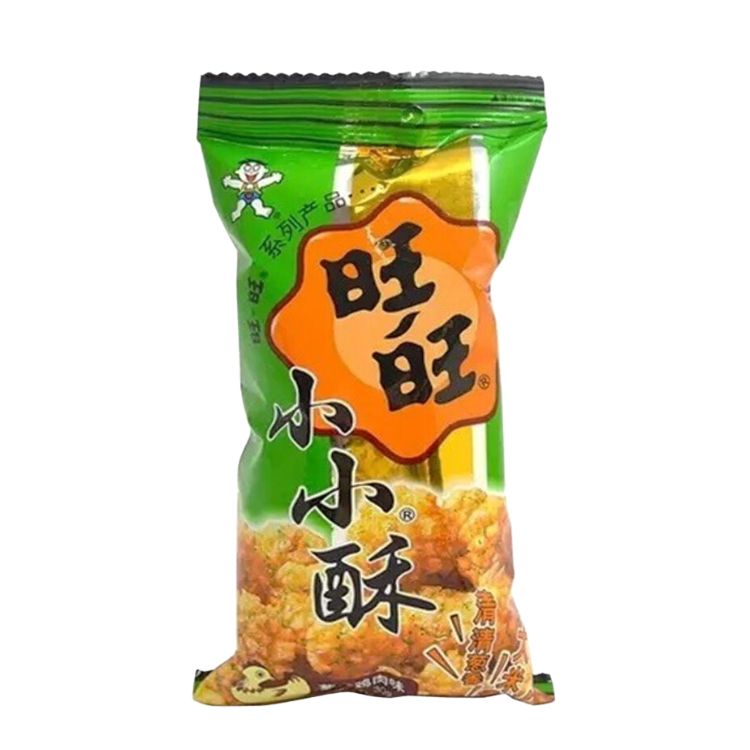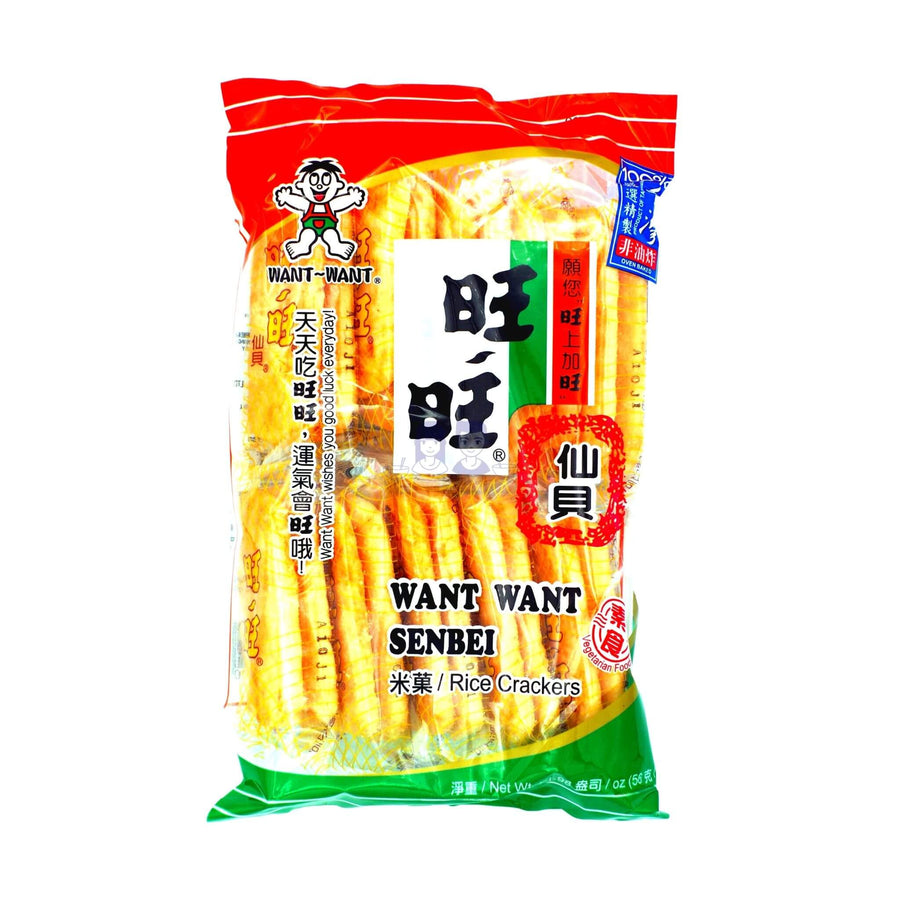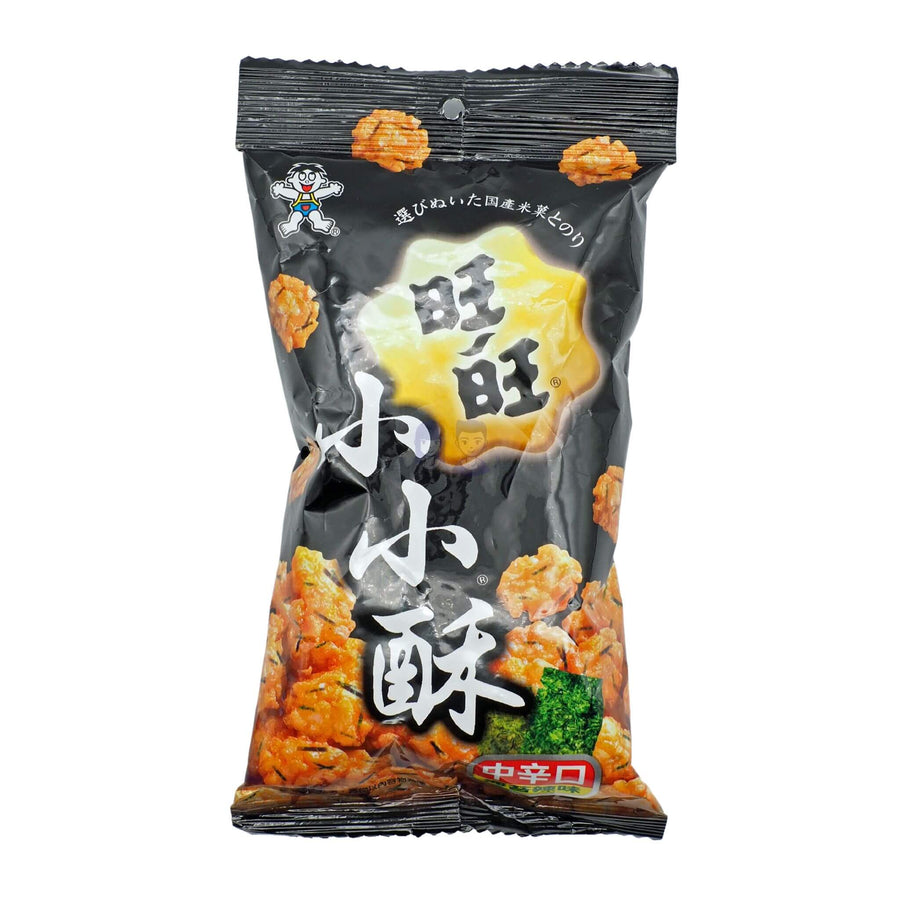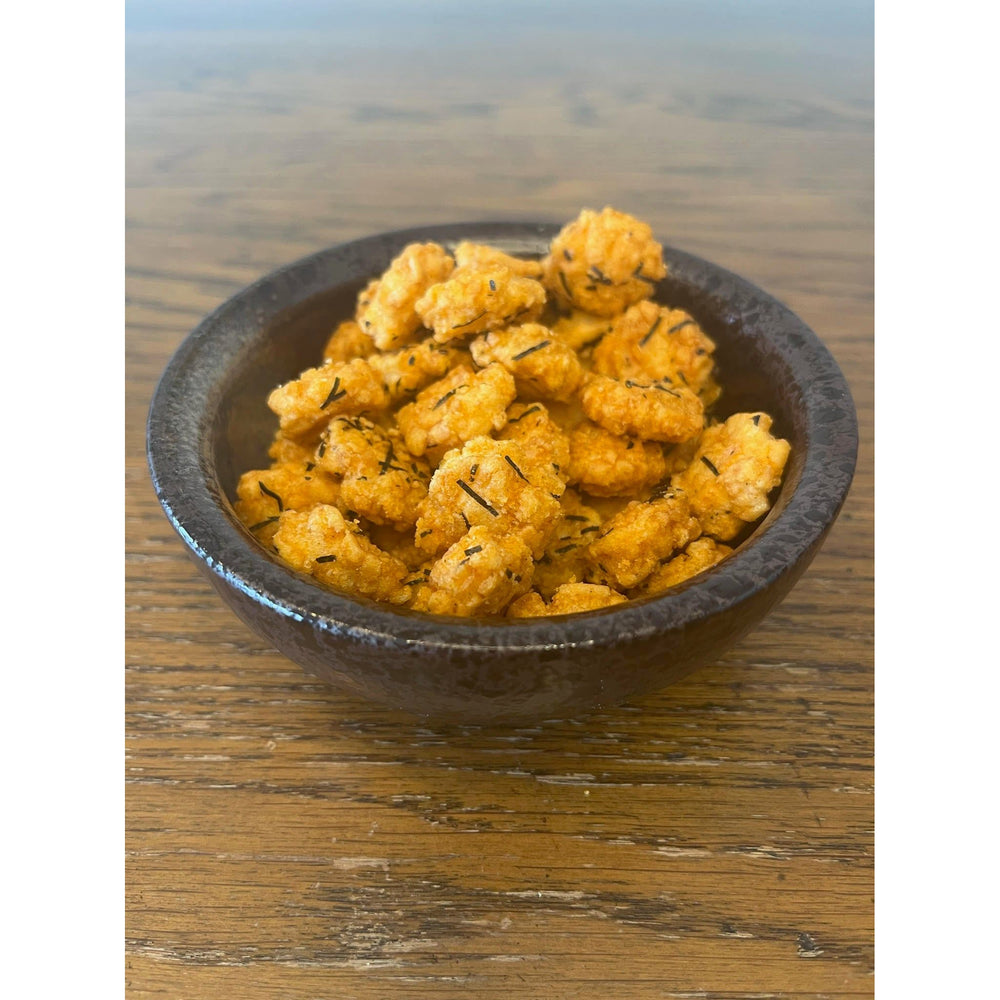A Taste of Japan: The Irresistible Appeal of Senbei Rice Crackers
Senbei are much-loved traditional Japanese rice crackers. They have ranked among the most popular snacks in Japan for centuries.
Senbei rice crackers are loved for their delightful flavours and crunch, offering a remarkable variety. Each type, from subtly sweet to savoury, offers a distinct and memorable eating experience.
As we explore the world of senbei, you'll discover its deep roots in Japanese culture as well as the vast variety of styles and flavours available. From Japanese tea ceremonies to everyday snacking, we'll also share how these crackers are enjoyed across Japan.
→ Shop now: Our handpicked range of Asian rice crackers
What Are Senbei Rice Crackers?
Senbei rice crackers are a traditional Japanese snack, best known for their round shape, crispy texture, and great flavour. Although they come in a wide range of styles and flavours, the primary ingredient in senbei is uruchi rice. This is the most common rice in daily Japanese life. The rice sets them apart from the wheat-based crackers you commonly find in the West.
Senbei are cooked by baking or grilling the rice until it becomes crisp. A flavouring sauce, traditionally a mix of soy sauce and mirin, is commonly applied. This is followed by optional extras such as Japanese seaweed, sesame seeds, shrimp, wasabi, and even cheese.
There are many different types of senbei, varying in shape, size, texture, and flavour. Some are thin and very crispy, while others are thicker, offering a chewier texture. Some are subtle, while others have a thick, savoury taste. The variety extends to regional specialities. Different areas of Japan offer their own unique takes on these beloved snacks.
As a relatively affordable snack, Senbei are commonplace across Japan and can be found just about anywhere. From premium senbei in Japanese tea houses to affordable senbei in local convenience stores to artisan senbei in souvenir shops. You won't go far before crossing paths with it. Senbei are often served together with drinks such as tea or eaten alone as a snack. Senbei are a true favourite among people of all ages in Japan and are increasingly popular worldwide.

The History of Senbei
While senbei are most commonly associated with Japan, the history of rice crackers dates back over 2,000 years to the Western Han Dynasty (202 BC - 9 AD). During this time they were a delicacy for the imperial court
The snack made its way to Japan around the Asuka Period (538 AD - 710 AD), evolving significantly over the years. In Japan, the transformation of senbei is steeped in legends, notably during the Edo period (1603 - 1868). It was at this time that senbei first started to resemble the snack we know today.
One such legend is that a Japanese lady called Osen. She created the first recipe for Japanese senbei by flattening dango - a type of round mochi ball - and roasting it, transforming it into senbei. She may have been inspired by a contemporary snack also called senbei, a roasted snack made from flour mixed and glazed with sugar.
Over the following centuries senbei continued to evolve into the plethora of varieties we see today. This included glazing senbei with other flavours such as soy sauce and other seasonings more commonly found today.
How Are Senbei Rice Crackers Made?
Traditionally, senbei rice crackers were made through a labour-intensive, highly-skilled process. The artisans involved meticulously hand-crafted each piece. However, modern production methods allows you to streamline some of these steps to gain efficiencies.
As a first step, artisan senbei makers finely grind rice into flour using traditional stone mills. Nowadays, senbei are often made using machines, marking a shift from manual to more efficient techniques.
After grinding, the rice flour is mixed with warm water to form a dough. Whether by hand or machine, this dough is carefully kneaded, ensuring the right consistency. The dough is then steamed for about 30-40 minutes to achieve the desired texture.
Once steamed, the dough is kneaded again for a minute, during which time various seasonings can be added. The dough is then shaped into thin circular disks and dried for several hours. Drying is essential for the senbei to harden and acquire its classic crispy texture.
Traditionally, senbei disks are roasted over a fire grill, a technique that imparts a unique smokiness. The senbei are usually pressed during roasting to prevent curling or swelling.
After roasting, the senbei may be glazed in ingredients such as soy sauce or sprinkled with seasonings such as nori. The mix of ingredients used depends on the type of senbei, and it's possible for them not to be glazed or seasoned at all.

Flavours and Types of Senbei Rice Crackers
Senbei come in a vast array of styles and flavours, ranging from rich soy sauce to sugar-coated versions. Below are some of the most popular types of senbei we've discovered on our travels. This list is by no means exhaustive as there are literally hundreds of types each with their own unique twist.
Usuyaki Senbei (Thin Senbei): Very thin and light, often seasoned with salt or soy sauce.

Atsuyaki Senbei (Thick Senbei): Translates as thickly baked. Atsuyaki Senbei are often thicker and often larger than Usuyaki giving them a more substantial, hearty texture.

Shoyu Senbei (Soy Sauce Senbei): These are glazed with soy sauce, giving them a savoury and slightly sweet flavour.

Age Senbei (Fried Senbei): These are deep-fried for a crunchier texture and richer flavour.

Nori Senbei (Seaweed Senbei): Wrapped or sprinkled with nori seaweed, these have a distinctive savoury taste.

Ebi Senbei (Shrimp Senbei): Made with ground shrimp, these have a distinct seafood flavour.

Goma Senbei (Black Sesame Senbei): Coated with sesame seeds, they have a deliciously nutty and rich flavour.

Zarame Senbei (Sugar-coated Senbei): Sugar coating adds a unique texture and a sweet crunch to the traditional rice cracker,

Senbei in Japanese Lifestyle
Senbei are truly a quintessential Japanese snack.
These crackers commonly accompany green tea, and form part of some traditional tea drinking ceremonies. During festivals and celebrations, senbei are often shared among family and friends, symbolising togetherness and joy. Their presence in everyday life also underscores how they also make a tasty, convenient, and affordable treat.
Health Benefits: Are Japanese Rice Crackers Healthy?
Generally, senbei are considered a healthier alternative compared to many Western snacks. They are typically low in fat and free from artificial preservatives and additives. Being primarily made of rice, senbei are a good source of carbohydrates and provide a quick, satisfying energy boost.
However, the healthiness of senbei can vary depending on the ingredients and preparation methods. For instance, senbei coated in sugary glazes or loaded with heavy seasonings may have higher calorie content.
As with all foods, moderation and variety are key. Enjoyed as part of a balanced diet, senbei can be a tasty snack with fewer health concerns.
Pairing Senbei with Drinks
Pairing senbei with the appropriate drink can enhance the snacking experience. The traditional choice is green tea, whose bitterness complements the senbei's flavour. For an evening snack, savoury senbei pairs beautifully with a glass of sake, enhancing their umami flavours. Experimenting with different drink pairings can lead to surprising and delightful taste combinations.

Using Senbei Rice Crackers in Other Recipes
Senbei's versatility extends beyond snacking into the kitchen. Crushed senbei make a fantastic crunchy topping for salads, adding texture and flavour. They can also be included in a Japanese rice cracker snack mix, combined with dried fruits for a healthy, flavourful treat. For a creative twist, senbei can replace croutons in soups or salads.
Final Word
Senbei rice crackers are a staple in Japanese culture. They are one the best Japanese snacks symbolising both tradition and innovation. From tea ceremonies to casual snacking, senbei's versatility makes them a much-loved treat across Japan. Their popularity underscores their universal appeal and the timeless charm of Japanese cuisine.


